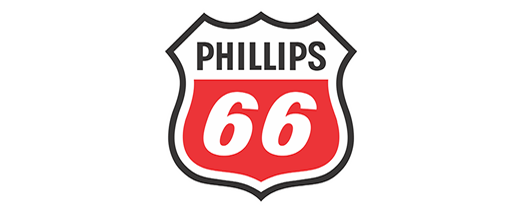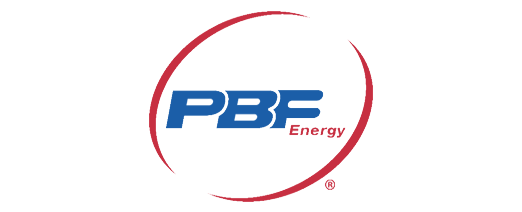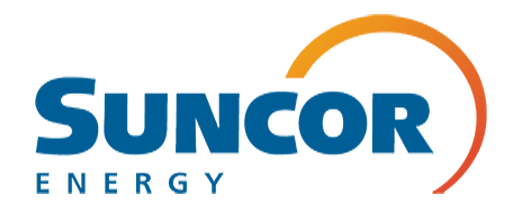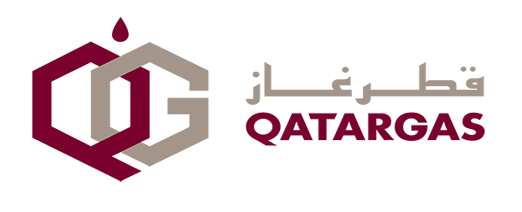Oxygen Analyzer
The correct and safe start-up and shutdown of the SRU can be a challenging task. When we provide this as an on-site service to our clients, we use oxygen analyzers to monitor the process. The oxygen analyzers can also be used for measuring oxygen in the process gas downstream of a direct-fired reheater in the SRU or TGU, for example. An improperly tuned reheater can allow free oxygen onto the catalyst, deactivating it over time.
We have developed an analytical package that includes an oxygen analyzer, filters/driers, fittings, and probes that can fit almost any sample port and valve type. A small amount of process gas is directed through the probe and driers into the oxygen analyzer. The oxygen analyzer then gives a reading quickly after flowing the gas through the sample chamber. The oxygen analyzer has a full range of 0 – 25% oxygen and is capable of measuring at the very low concentrations necessary for start-up and shutdown monitoring and fired reheater tuning. Accuracy at any range can be ensured by using calibration gases provided with the analyzer package.
FTIR
Our H2S in Liquid Sulphur Analyser is specifically designed for the measurement of H2S and H2Sx dissolved in liquid sulphur. This analyser is used extensively throughout the industry to establish the amount of total H2S in raw product sulphur and the effectiveness of sulphur degassing systems.
How Does It Work?
A small sample of liquid sulphur (50 to 60 ml) is introduced into the custom sample cell via a top-mounted funnel built into the unit. The cell is then positioned within the FTIR instrument with the aid of alignment pins, and a scan is initiated from the controlling computer. A typical scan usually takes 35 – 45 seconds. The resulting absorbance spectra are saved automatically and the calibration macro run. The absorbance peaks are measured by the FTIR software, and the H2S and H2Sx concentrations are calculated from these peak heights and displayed. The sampling process takes about one minute and is no more complicated than filling the cell and pressing a button.
The normal operating range is 0 – 500 ppmv covering all possible samples in the SRU. Typical accuracy is ± 5 to 10% at levels down to 2 ppmv measured as H2S. We can provide a complete testing system including the FTIR analyser, proprietary sample measurement cell, and sulphur sampling containers.
Technical Help Desk
Our help desk support is the equivalent of having the world’s most experienced team of Sulphur Recovery Engineers and Amine Treating Engineers in-house. When you enter a Technical Services Agreement (TSA) with us, you are given on-demand access to all of our engineering services and our vast experience and knowledge. The TSA includes a predetermined number of engineering hours for use at any time throughout the term of the agreement. You can also customize your TSA to include annual performance testing and consulting visits.
Even the most experienced refiners and gas plant operators will eventually find themselves in unusual situations when it comes to operating an Amine Unit, Sulphur Recovery Unit, or Dehydration Unit. Some of our more common support inquiries under a TSA include, but are not limited to, the following:
- Root Cause Analysis of an incident (damaged equipment, temperature excursion, emissions, off-spec gas, etc.)
- Wasteheat boiler failure
- Co-firing or turndown
- Fouling or Corrosion
- Lean-Rich Exchanger problems
- Turnaround planning
- Process Hazard Assessment
- Control System troubleshooting or upgrade
- Shutdown or startup
- Best Management Practices
- Subject Matter Experts for Technical Meetings
Amine Field Kit
This is the same kit our experts use all over the globe to troubleshoot amine systems quickly and while onsite.
Three are 4 main components to the kit:
- Foam Test
- Measures foam tendency and stability
- Determines antifoam effectiveness
- Can be used to determine which contaminant causes amine foaming
- QID Solids Analysis
- Filtered solids can be identified using wet chemistry
- pH and Conductivity
- Trend data is used to determine increases in heat-stable amine salts
- Trend data is used to determine changes in lean and rich loading
- Digital Refractometer
- Measures amine concentration in clean, H2S-free amine samples
With proper training and know-how, this kit can be effective in troubleshooting foaming, fouling and corrosion problems in amine. It helps to identify key questions operators have such as:
- the cause of amine foaming problems
- the effect of overdosing antifoam
- the composition of fouling material
- the composition of suspended solids in the amine
- if heat stable amine salts are present and/or increasing
- amine concentration























